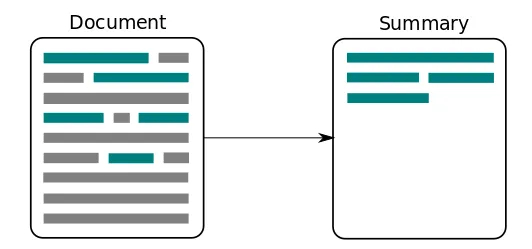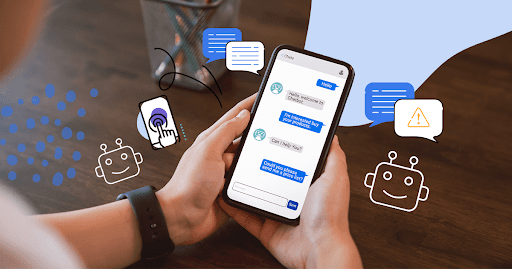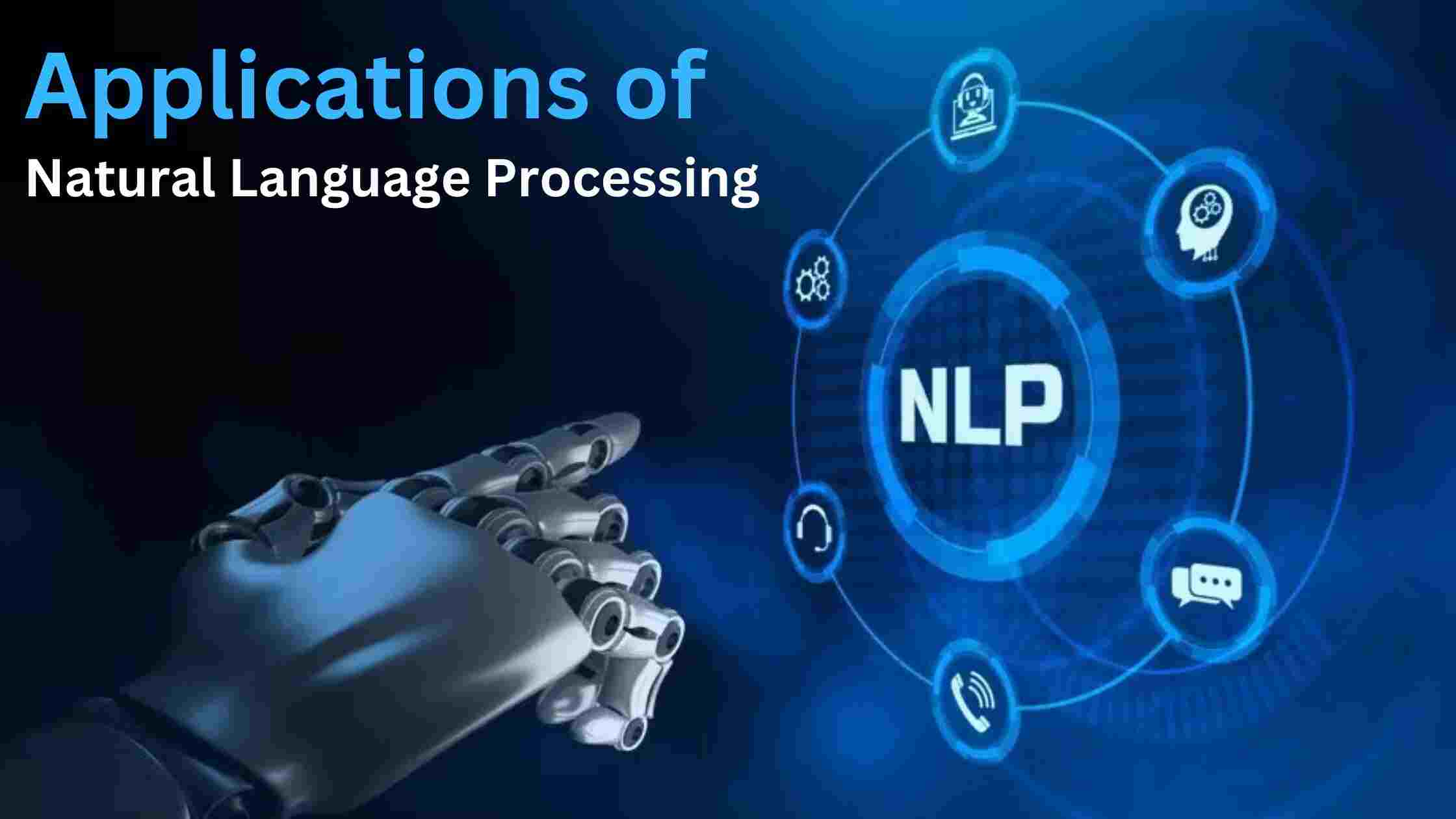We talk to computers and phones every day. But how do they understand what we say? The answer is Natural Language Processing (NLP). There are so many applications of natural language processing.
The applications of Natural Language Processing (NLP) include machine translation, smart assistants, analyzing text to understand sentiment, and many more.
In this blog post, we will look at the top 15 ways NLP is being used. Keep reading to learn about the most important NLP applications in simple terms.
Table of Contents
- 1. Virtual Assistants (e.g. Siri, Alexa, Google Assistant)
- 2. Sentiment Analysis
- 3. Text Summarization
- 4. Machine Translation
- 5. Spam Detection
- 6. Chatbots and Conversational AI
- 7. Named Entity Recognition
- 8. Text Generation
- 9. Question Answering Systems
- 10. Plagiarism Detection
- 11. Voice Recognition and Speech-to-Text
- 12. Text Classification and Categorization
- 13. Recommendation Systems
- 14. Content Moderation
- 15. Healthcare and Biomedical Applications
- Conclusion
1. Virtual Assistants (e.g. Siri, Alexa, Google Assistant)

Virtual assistants are computer programs that can understand and respond to voice commands or text in natural languages like English. They use Natural Language Processing (NLP) to comprehend what the user is saying or typing.
Example
When you say “Hey Siri, what’s the weather like today?” to your iPhone, Siri uses NLP to:
- Understand you are asking about the weather forecast
- Know the relevant time is “today”
- Get the weather details for your location
- Give you a natural language response with the forecast
Importance/Benefits
Virtual assistants like Siri, Alexa, and Google Assistant have become very popular. They make our lives easier by helping with tasks through voice or text conversations, such as:
- Getting information (weather, news, directions, etc.)
- Setting reminders and alarms
- Controlling smart home devices
- Playing music, podcasts or audiobooks
The ability to communicate naturally through speech or typing is a key advantage of virtual assistants powered by NLP technology.
2. Sentiment Analysis

Sentiment analysis is a technique that uses NLP to determine the emotional tone behind a text. It analyzes words and phrases to understand if the overall sentiment is positive, negative, or neutral.
Example
A company can use sentiment analysis on customer reviews to see if people are happy or unhappy with their products. If most reviews have a negative sentiment, they know they need to improve.
Importance/Benefits
Sentiment analysis is very useful for businesses to monitor customer feedback, and brand perception, and make better decisions based on people’s opinions and emotions expressed in text data.
3. Text Summarization

Text summarization means shortening long pieces of text into a brief summary. NLP helps identify the key points and generate concise summaries automatically.
Example:
News websites use text summarization to create short blurbs or previews for articles so readers can quickly get the main idea without reading the entire article.
Importance/Benefits
This application saves time by providing important information from lengthy text in a condensed format. It allows people to quickly understand the essence of long documents.
4. Machine Translation

Machine translation uses NLP to automatically translate text or speech from one language to another, like translating English emails to Spanish.
Example
Apps like Google Translate rely on machine translation to allow communication across different languages. You can type or speak in one language, and it will provide the translation in your desired language.
Importance/Benefits
This technology makes it easier for people to understand foreign content without knowing multiple languages. It facilitates communication and information access across language barriers.
5. Spam Detection

Spam detection uses NLP techniques to identify unsolicited emails, messages, or comments by analyzing their content and patterns.
Example
Email services use spam detection to separate genuine emails from spam or junk emails automatically, preventing your inbox from getting cluttered with unwanted content.
Importance/Benefits
Effective spam detection shields you from potential scams, explicit content, and irrelevant promotional messages, saving you time and protecting your privacy.
6. Chatbots and Conversational AI

Chatbots are programs designed to simulate human conversation through text or voice interfaces. They use NLP to understand user inputs and provide relevant responses.
Example
Many businesses now use chatbots on their websites to provide instant customer support, answer frequently asked questions (FAQs), or guide users through processes like booking appointments or tracking orders.
Importance/Benefits
Chatbots enhance the user experience by offering 24/7 assistance in a conversational manner powered by NLP. They can handle many customer inquiries efficiently.
7. Named Entity Recognition

Named Entity Recognition (NER) is an NLP technique to identify and classify named entities like people, organizations, locations, etc. in text data.
Example
NER can detect that “John” is a person’s name and “New York” is a city in sentences like “John lives in New York.”
Importance/Benefits
NER is useful for extracting key information from unstructured data, understanding context, and enabling smart data analytics. It helps make sense of large text datasets.
8. Text Generation

Text generation means using NLP models to produce natural language text, be it long articles, stories, poetry, code comments, or any form of content.
Example
AI writing assistants leverage text generation capabilities to draft essays, reports, or creative pieces based on prompts or data provided by writers.
Importance/Benefits
While not a full replacement for human writers, text generation can boost productivity by automating initial drafts of content which can then be reviewed and refined.
9. Question Answering Systems

Question Answering (QA) systems use NLP to provide accurate answers to questions asked in natural language.
Example
Intelligent virtual assistants like Alexa and voice search features use QA systems to directly answer queries like “What is the capital of France?” or “How long does it take to get to London from here?”
Importance/Benefits
QA systems provide quick and specific answers by understanding the context and intent behind questions instead of just searching keywords. This enhances the user experience for voice searches and conversational interfaces.
10. Plagiarism Detection

Plagiarism detection uses NLP to identify plagiarized or duplicate content by comparing it against a database of existing text.
Example
Academic institutions use plagiarism detection software to check if a student’s assignment has been copied from other sources like websites, books, or previously submitted work.
Importance/Benefits
It helps maintain academic integrity and prevent intellectual property violations by automatically flagging plagiarized content. This ensures original work is properly credited.
11. Voice Recognition and Speech-to-Text

Voice recognition uses NLP to convert spoken words into written text accurately in real time.
Example
Voice typing features in word processors and note-taking apps rely on speech-to-text powered by NLP to transcribe what you speak into text format.
Importance/Benefits
This enables hands-free writing and document creation, benefiting those with disabilities or situations where typing is inconvenient. It increases productivity and accessibility.
12. Text Classification and Categorization

Text classification involves assigning predefined category labels to text data using NLP algorithms.
Example
Email services classify incoming messages as “Primary”, “Social”, “Promotions” etc. based on their content. Online retailers categorize product descriptions by type automatically.
Importance/Benefits
Automated text classification organizes and structures large amounts of unstructured data, making it easier to search, filter, and derive insights from text sources.
13. Recommendation Systems

Recommendation systems use NLP along with other data to analyze user preferences and suggest relevant content or products.
Example
Streaming services like Netflix and YouTube recommend movies/shows and videos based on your watch history and searches using NLP.
Importance/Benefits
These personalized recommendations enhance the user experience by surfacing content uniquely tailored to each individual’s interests based on their data.
14. Content Moderation

Content moderation uses NLP to automatically detect and filter out offensive, explicit, or harmful content on websites and social media platforms.
Example
Social networks use automated content moderation to quickly identify and remove hate speech, violent imagery, adult content, etc. from being publicly posted.
Importance/Benefits
It helps maintain online communities by reducing exposure to abusive language, explicit material or dangerous misinformation through real-time monitoring powered by NLP.
15. Healthcare and Biomedical Applications

NLP has many use cases in the healthcare domain like understanding doctor’s notes, analyzing health records, and coding medical data.
Example
NLP systems can review a patient’s electronic health records consisting of doctor’s notes, test reports, etc., and extract relevant information to assist with diagnosis and treatment planning.
Importance/Benefits
NLP helps healthcare professionals efficiently process and gain insights from large amounts of unstructured medical data, ultimately leading to better patient care outcomes.
Conclusion
In conclusion, from virtual assistants to content moderation, the applications of natural language processing are vast and growing. NLP powers many technologies that enhance our daily interactions with computers and devices. As this field continues advancing, we can expect even more innovative applications of natural language processing to emerge, making our lives more efficient and seamless.


5 thoughts on “15 Key Applications of Natural Language Processing”